Explore the Best AI Image Gallery
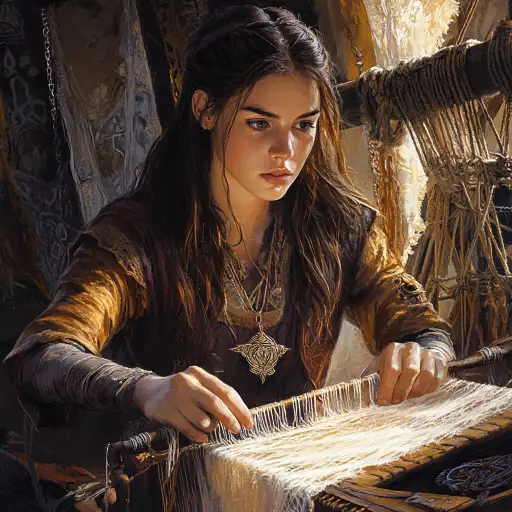
Pixels on Skin: AI Image Generation and the Future of Design
The creative industry is on the cusp of a paradigm shift, driven by the rise of artificial intelligence (AI) image generation. This technology, capable of producing stunning visuals from text prompts, is poised to revolutionize design, offering both exciting possibilities and complex challenges. From streamlining workflows to unlocking novel artistic expressions, AI image generation is reshaping the very fabric of how we create and consume visual content.
A Canvas of Infinite Potential
AI image generators, fueled by sophisticated algorithms trained on massive datasets of images and text, are breaking down barriers to creativity. Designers can now translate abstract concepts into tangible visuals with unprecedented speed and precision. Imagine conjuring up a logo for your brand, crafting intricate website layouts, or even designing personalized merchandise, all within minutes, guided by simple textual descriptions.
The potential applications across diverse design disciplines are vast:
- Branding and Marketing: Generate unique logos, marketing materials, and social media graphics tailored to specific campaigns.
- Web Design and UI/UX: Create visually appealing interfaces, interactive elements, and prototypes for websites and applications.
- Product Design: Conceptualize new product designs, visualize variations, and refine aesthetics before physical prototyping.
- Publishing and Entertainment: Illustrate books, generate concept art for films and games, and create immersive visual experiences.
Navigating the Ethical Landscape
While the possibilities are exhilarating, AI image generation also raises crucial ethical considerations:
- Copyright and Ownership: Who owns the rights to AI-generated images? Is it the user who provided the prompt, the developer of the AI algorithm, or the platform hosting the tool?
- Bias and Representation: AI models are trained on existing data, which may contain biases that perpetuate harmful stereotypes. Its essential to ensure fairness and inclusivity in the training datasets.
- Transparency and Accountability: The decision-making processes of AI algorithms can be opaque. Clear guidelines and mechanisms are needed for transparency and accountability in the use of AI image generation tools.
The Future of Design: A Collaborative Symphony
Looking ahead, AI image generation is likely to become an increasingly integrated part of the design process. We envision a future where:
- AI acts as a creative partner:** Designers leverage AI tools to explore diverse concepts, refine ideas, and push the boundaries of their imagination.
- Personalization becomes the norm:** AI empowers designers to create bespoke visuals tailored to individual preferences and needs.
- New artistic mediums emerge:** AI will inspire innovative forms of visual expression, blurring the lines between reality and the digital realm.
As we navigate this exciting frontier, its crucial to foster a responsible and ethical approach to AI image generation. By embracing collaboration, prioritizing inclusivity, and upholding transparency, we can harness the transformative power of AI to elevate creativity and shape a more visually vibrant future.








](https://images.ai-img.art/thumbnails/150/85464d88f1d4314cd042a02a6f41440fc3b4343db529794cbe8e6836fdadf409.webp)




](https://images.ai-img.art/thumbnails/150/4a4f2a16da94ebadad64aeb3b0fb4e64d426431f1d651cc4929142c728fe85b7.webp)





](https://images.ai-img.art/thumbnails/150/9127f72c6be19d533c26ac476f4d216cd89a6a2d7c351333489a3eff30c3ec5a.webp)


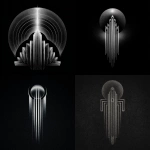






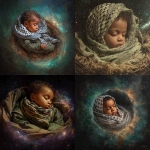


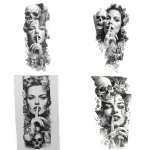
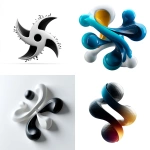
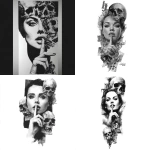
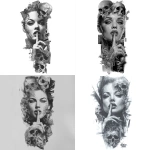


](https://images.ai-img.art/thumbnails/150/37f115f2fa75765b87e6d3e2c9f1b0a80a6a46efa8b864a05278c7fc0a0a62e7.webp)

](https://images.ai-img.art/thumbnails/150/b90a5f332cb5d8f02116934e13abd20233e0eeb2368274dbdffaa2e281e4dff5.webp)


](https://images.ai-img.art/thumbnails/150/336026613fd234b8d6908fe18ecc09b2b2ecf7b8dfe294742041c9862dc499c1.webp)

](https://images.ai-img.art/thumbnails/150/d29fcfc8037938184a641f7980e1102e24a6e82088bc465886d26ffe5bb006c7.webp)


](https://images.ai-img.art/thumbnails/150/24610c8978ce6b4f1ced8639b434482871adb07e38af8b90cd535f2533bf18cc.webp)
